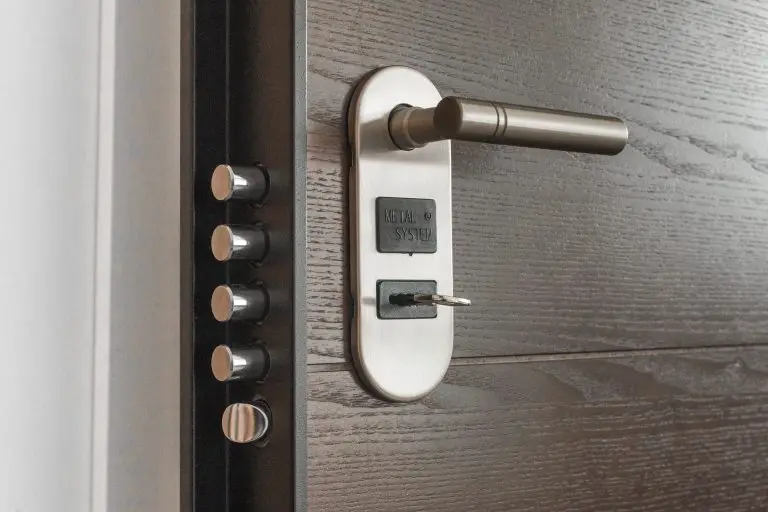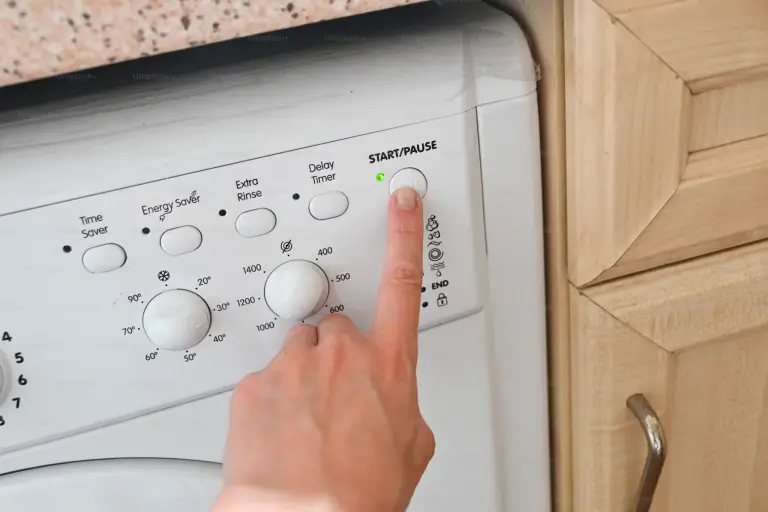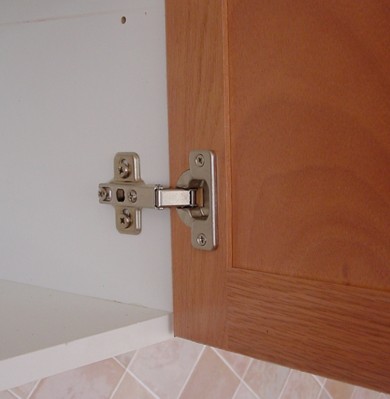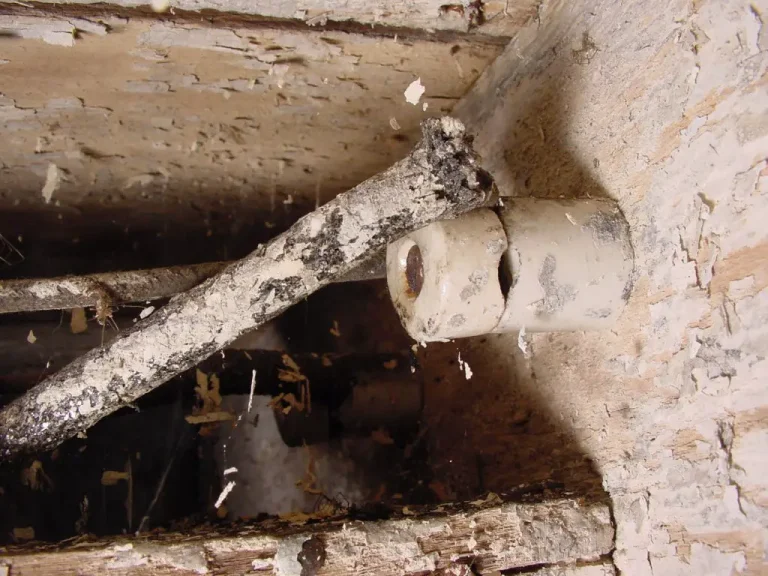Root cellars are cool, moist spaces that preserve fruits, vegetables and even some meats and cheeses, typically without the need for outside energy inputs. They’re an old idea, but one that’s coming back again because they make so much sense in three different ways.
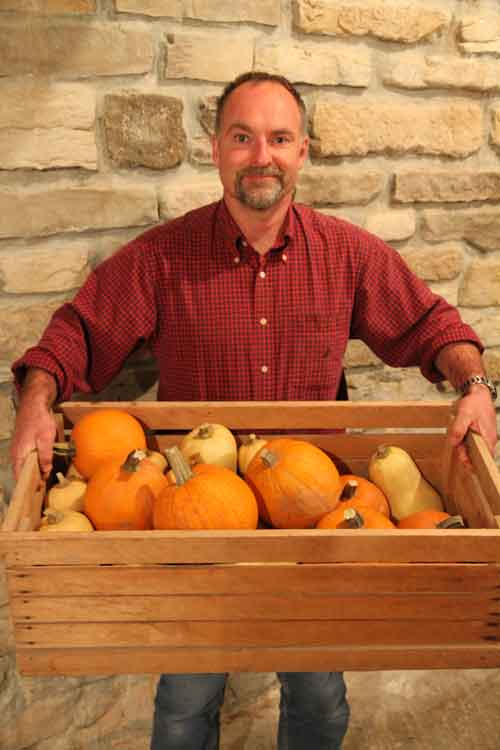 Saving money on food, decreasing the pressure you place personally on the environment, and an enhanced opportunity to enjoy interesting and gourmet foods are all reasons to have a root cellar. They make it practical to stock up on produce when it’s available at lower prices in season, and the cellar is an essential part of getting more of your food from local sources. If you take a particular interest in cooking, you’ll find a root cellar an effective place to store heritage varieties of fruits and vegetables that are only available from specialty suppliers in larger-than-usual quantities. Root cellars are to food, what wine cellars are to Chardonnay.
Saving money on food, decreasing the pressure you place personally on the environment, and an enhanced opportunity to enjoy interesting and gourmet foods are all reasons to have a root cellar. They make it practical to stock up on produce when it’s available at lower prices in season, and the cellar is an essential part of getting more of your food from local sources. If you take a particular interest in cooking, you’ll find a root cellar an effective place to store heritage varieties of fruits and vegetables that are only available from specialty suppliers in larger-than-usual quantities. Root cellars are to food, what wine cellars are to Chardonnay.
Making a Cold Room Work
Many Canadian homes include a feeble attempt at a root cellar in the basement called a cold room. Trouble is, very few of these cold rooms actually work. They usually get too cold in winter and too warm in summer because of insufficient soil cover, though this is a problem that’s relatively easy to fix.
Stabilizing temperatures in your cold room involves two things:
- adding vapor-impermeable insulation on the roof and partway down the walls
- installing a door capable of keeping heated basement air out of the cold room space
Start work by fastening 2-inch thick pieces of extruded polystyrene foam to the ceiling of your cold room using construction adhesive.
Standard doors on typical cold rooms are almost universally inadequate, and that’s why you’ll need to install an insulated exterior door on your basement cold room if you expect it to perform properly. If you choose a door with a window, install a blind over the opening. Produce keeps best in the dark. You’ll also find a lever handle much easier to operate than a door knob when you’ve got baskets and boxes in your hands.
Building a Walk-In Basement Root Cellar
Cold rooms are fine as far as they go, but they’re not large enough for anything more than root cellaring on the smallest scale. If you’ve got a basement, enclosing a section with insulated walls gives you lots more storage space and better control over the essential conditions of temperature and humidity.
The best place to build a walk in basement root cellar is in a corner location on the north side of your house. This maximizes soil surface area which is the source of the essential cooling temperatures you need, while also minimizing the amount of insulated interior partition walls you need to build. You’ll also need to choose a location that allows the installation of two, 4 inch diameter vent pipes through the basement wall to the outdoors. This is essential.
Electrically-Assisted Root Cellar
If your home doesn’t have a basement, it’s still possible to build a practical and effective root cellar. The only thing that’ll be different is the way you get cooling temperatures. Since your cellar space isn’t surrounded by soil, you’ll need to use a little electrical technology.
Using today’s modern insulation products diligently, it requires very little outside energy inputs to keep an above-ground cellar cool. In fact, here in Canada, you won’t have to switch on the cooling system during any part of the year where outdoor temperatures are below freezing. An operable outside vent allows you to admit more or less outside air as required to maintain optimal root cellar temperatures. And although there are expensive and complicated electrical cooling units available for use during warm weather, a far simpler and less expensive approach uses nothing more than an ordinary window air conditioner and one specialized piece of control electronics.
It’s called the Coolbot (888-871-5723), and it fools ordinary window air conditioners to cool your root cellar space down far enough for reliable food preservation. Ordinarily air conditioners cannot cool a space lower than about 10°C, and that’s too warm for most cellars. Connected to the Coolbot, however, any properly-sized window air conditioner will cool an above-ground cellar down just above freezing.
It always surprises me how many different kinds of people are interested in root cellars these days. They’re no longer just for back-to-the-landers. If you like good food, if you’re interested in taking greater responsibility for your food supply, and if you like the idea of lightening your personal environmental load on the planet, then you’re probably a root cellar kind of person, too.
To learn everything you need to know about building and using a root cellar, plus recipes for cooking things that come from a root cellar, check out Steve’s guide to the subject – The Complete Root Cellar Book.







